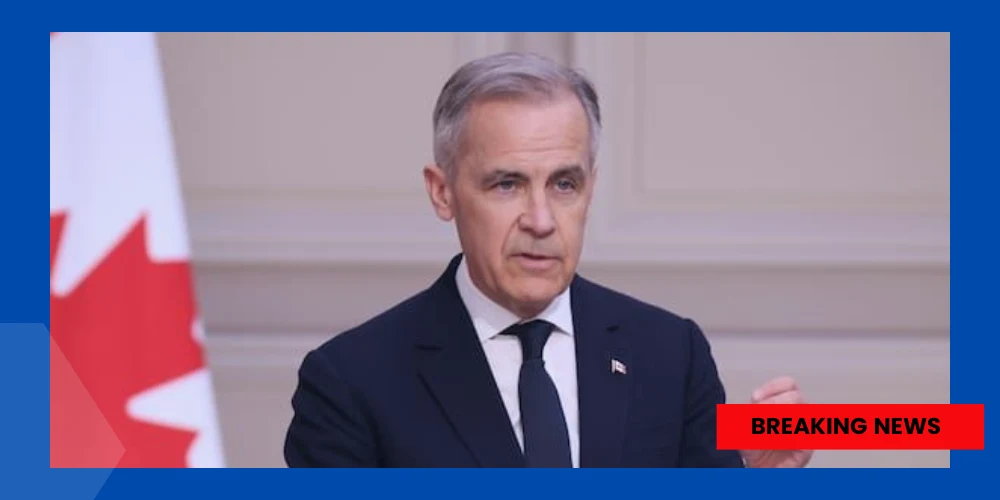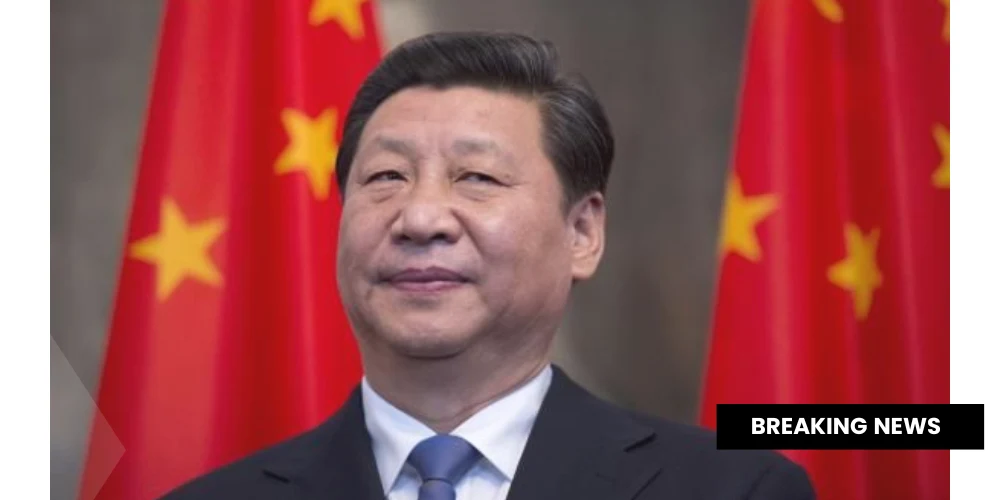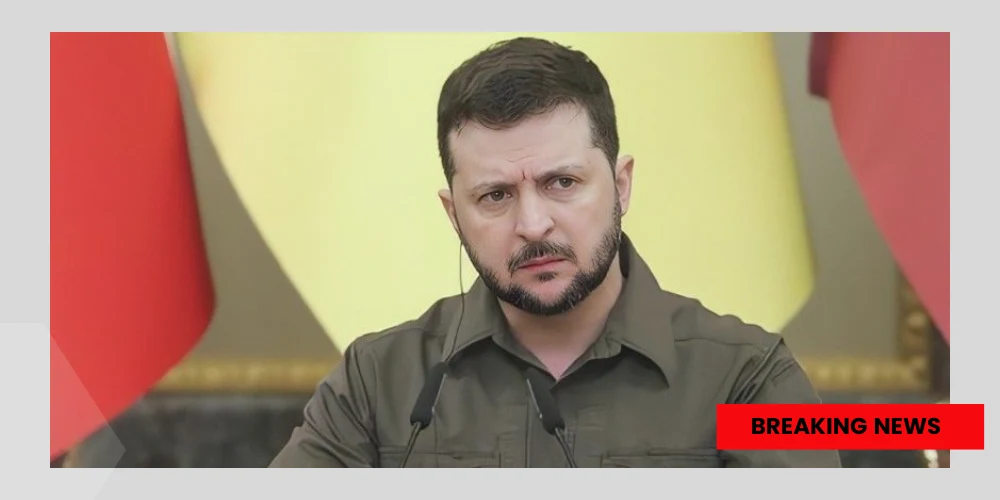As newly appointed Prime Minister of Canada, Mark Carney has found himself thrust into the global spotlightand not by choice. Within weeks of taking office, Carney has been forced to respond to President Donald Trump’s sweeping 35% tariff on non-USMCA imports, a policy that threatens to destabilize Canada’s deeply integrated trade relationship with the United States. But Carney’s response reveals a larger strategic vision: not only is he defending Canada’s economic sovereignty, but he is also navigating a delicate balance between economic dependence and global diversification.
This moment is more than just a bilateral disputeit’s a test of Canada’s future path in a world where economic alliances are being reshaped by political will.
From Central Banker to Global Diplomat
Mark Carney is no stranger to economic turmoil. A former governor of both the Bank of Canada and the Bank of England, Carney built a reputation as a technocrat capable of managing crises. But now, as Prime Minister, he must fuse that technocratic calm with the political savvy needed to lead Canada through a storm not of his making.
When Trump’s tariff bombshell hit in late July, Carney’s response was swift but measured. He condemned the move as “economically reckless and diplomatically corrosive,” yet also left the door open for negotiation. Within days, his administration was preparing for direct bilateral talks with Washington, signaling a preference for diplomacy over confrontation.
Why Carney’s leadership style matters:
Whereas some leaders might respond to Trump’s aggression with retaliation or populist chest-thumping, Carney is employing the tools of economic statecraftmeasured negotiation, global coalition-building, and quiet assertiveness. This approach allows Canada to defend its interests without escalating tensions in ways that might further harm its economy.
The Tariff Trap: Canada’s Economic Vulnerabilities
Canada is deeply integrated into the North American economy. According to Statistics Canada, nearly 75% of Canadian exports go to the United States. This level of dependency makes any disruption to U.S.-Canada trade relations a national concern.
The new tariffs, although exempting USMCA-covered goods, create significant uncertainty. Many Canadian firms operate in industries with complex cross-border supply chains, and the blanket nature of Trump’s tariffs has already begun to chill investment decisions and delay shipments.
Carney’s challenge is twofold:
- Short-term: He must secure exemptions or revisions to Trump’s tariff rules to protect key Canadian industries.
- Long-term: He must begin reducing Canada’s overreliance on the U.S. by expanding trade with Europe, Asia, and other partners.
To that end, Carney has already reinitiated dormant trade talks with ASEAN nations and fast-tracked a diplomatic visit to Brussels to discuss deepening the Comprehensive Economic and Trade Agreement (CETA) with the EU.
Climate, Trade, and the New Canadian Identity
One of the more intriguing aspects of Carney’s strategy is how he is blending trade diplomacy with climate leadership. Drawing from his years of work on sustainable finance, Carney sees Canada’s future not just as a trade partner, but as a green innovation leader.
In his first major address as Prime Minister, Carney outlined what he called the “Green Sovereignty Agenda,” which aims to:
- Invest in low-carbon infrastructure and technology
- Position Canada as a global supplier of critical minerals for EVs and batteries
- Leverage green credibility to secure trade partnerships with climate-conscious economies
This dual-track strategyeconomic diversification and climate-forward policyserves as a hedge against global volatility. If successful, it could help reposition Canada not just as America’s economic adjunct, but as a leader in its own right.
Quote from Carney:
“Sovereignty in the 21st century means having choices. We can’t be at the mercy of a single partner’s political mood swings. That’s why we must build an economy that is both open and resilient.”
The U.S. Talks: Pressure and Opportunity
Behind closed doors, Canadian negotiators are working with their U.S. counterparts to clarify the scope and implementation of Trump’s tariff order. One hope is that the tariffs can be adjusted to exempt more Canadian-made inputs, especially in the auto and agricultural sectors.
Carney’s team is also quietly lobbying U.S. lawmakers and governors, especially in border states like Michigan and New York, who have long benefitted from Canadian trade. This “sub-national diplomacy” is a hallmark of Carney’s methodical, low-drama style.
Why this could work:
Trump respects strengthbut he also respects leverage. Canada remains a vital buyer of U.S. goods, a key energy supplier, and an indispensable security partner. By making the case that punishing Canada harms U.S. interests as well, Carney is playing a long game that could de-escalate tensions without major public confrontation.
Beyond the U.S.: Building a Multipolar Future
Even as talks with Washington proceed, Carney is pressing forward with a broader realignment. He has instructed Global Affairs Canada to:
- Accelerate trade missions to South Korea, India, and the UK
- Strengthen the CETA framework with the EU
- Explore potential entry into the Comprehensive and Progressive Agreement for Trans-Pacific Partnership (CPTPP)
The goal isn’t to replace the U.S. as a trading partnerbut to ensure that Canada’s economy isn’t beholden to any one nation’s policies.
This is especially relevant in the current climate, where global politics are increasingly defined by volatility. With China asserting its influence, the U.S. embracing protectionism, and Europe navigating internal shifts, countries like Canada must be agile, principled, and prepared to shift gears quickly.
Domestic Response: Navigating Politics at Home
Carney’s handling of the trade crisis has generally earned high marks from economists and international observers, but domestic political reactions are more mixed.
Conservatives argue that Carney is too soft on Trump and too idealistic in linking climate policy to trade. Some labor groups have expressed concern that diplomatic delays could result in layoffs if U.S. tariffs aren’t quickly reversed.
Still, Carney’s popularity remains relatively strong, especially among centrists and urban voters. His calm demeanor and technocratic fluency provide a reassuring contrast to the turmoil in Washington and other global capitals.
What could shift the mood? If the U.S. refuses to budge on tariffs, Carney may be forced to take stronger retaliatory stepssomething that could test both his leadership style and his internationalist principles.
Looking Ahead: August and Beyond
The coming weeks will be pivotal. The August 12 deadline for Trump’s China tariff decision will set the tone for broader trade policy. If Trump cancels the tariff pause, it could embolden hardliners in his administration to double down on protectionism, making it harder for Canada to carve out exceptions.
Alternatively, if Trump allows the pause to continue, it may signal an opening for negotiationnot just with China, but with Canada and others.
Carney’s challenge is to hold firm while remaining flexible. He must convince Canadians that sovereignty doesn’t require belligerenceand convince global partners that Canada can be both principled and pragmatic.
Conclusion: A Defining Test of Carney’s Leadership
Mark Carney’s early days as Prime Minister are shaping up to be among the most consequential for any Canadian leader in recent memory. His response to Trump’s tariffs is more than just a policy choiceit’s a defining moment in how Canada sees itself and how it engages with the world.
By mixing quiet diplomacy with strategic vision, Carney may be charting a new pathnot just for Canada, but for how middle powers can navigate an era of great power competition.
As August unfolds, the world will be watching. Not just to see how Canada reacts, but to understand what role countries like Canada can play in a global order increasingly defined by disruptionand the leaders who can turn crisis into opportunity.




